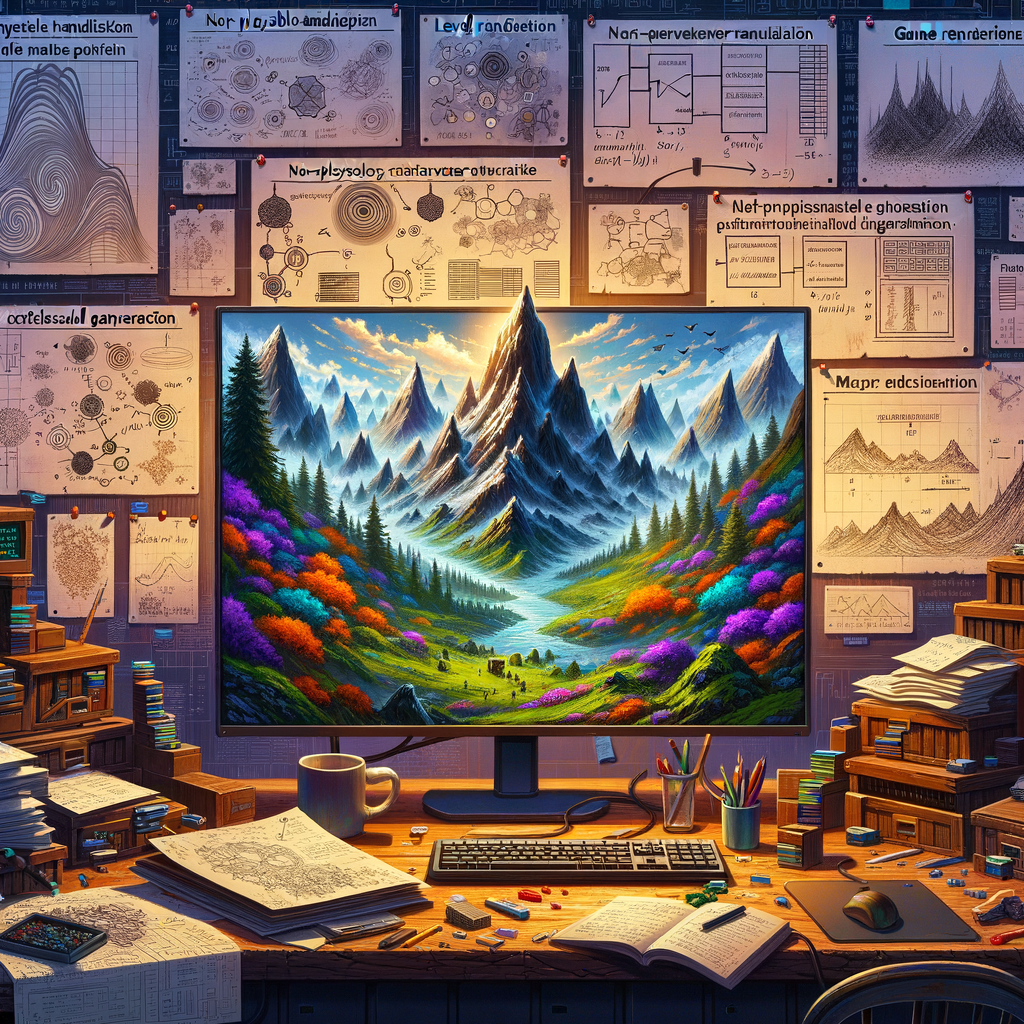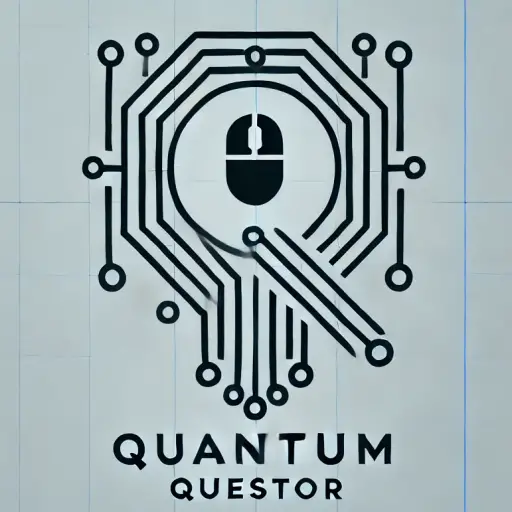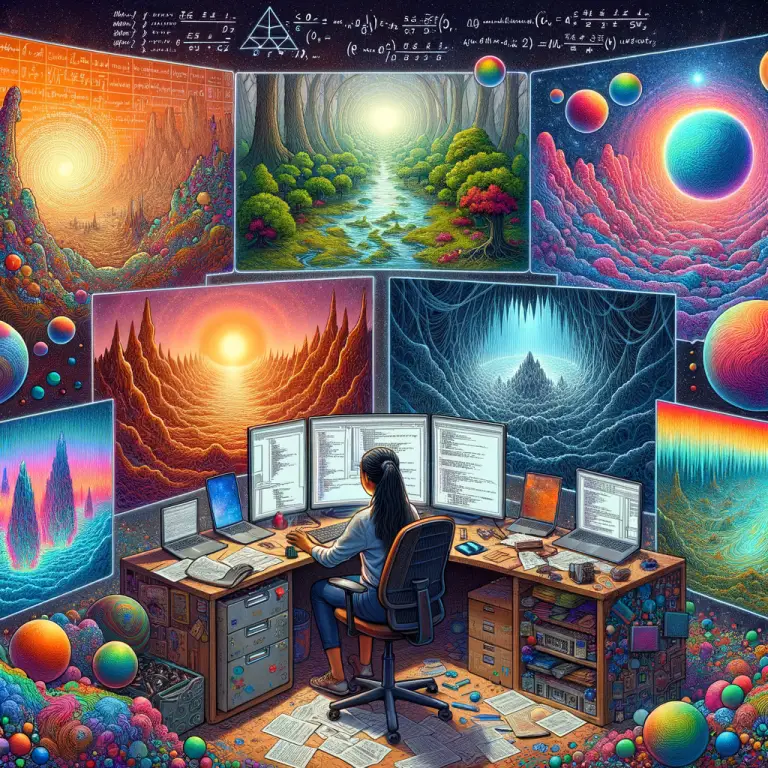
When it comes to game development, one term that often sparks curiosity and excitement among developers is ‘procedural generation’. This powerful technique involves using algorithms to automatically create data, allowing for endless possibilities in game design. By leveraging procedural generation, developers can create vast, intricate worlds without manually designing every element.
Why Procedural Generation?
The allure of procedural generation lies in its potential to enhance creativity while optimizing resources. Imagine designing a game world where every player’s experience is unique, or crafting levels that continually challenge players with new layouts. Procedural generation allows for such dynamism, providing a fresh experience each time.
Games like No Man’s Sky and Spelunky have famously utilized procedural generation to create expansive universes and unpredictable challenges. These games show the potential of procedural techniques to create engaging content that keeps players coming back for more.
GameMaker: A Powerful Tool for Indie Developers
GameMaker, developed by YoYo Games, has long been a favorite among indie developers. Known for its accessibility and powerful features, GameMaker allows developers to create 2D games with ease. Its visual scripting language and extensive library make it an excellent choice for both beginners and seasoned developers aiming to explore procedural generation.
The Benefits of Using GameMaker for Procedural Generation
- Simplicity: GameMaker’s user-friendly interface lowers the barrier to entry, making it easier for developers to experiment with complex concepts like procedural generation.
- Flexibility: Whether you’re developing a rogue-like dungeon crawler or a sprawling RPG, GameMaker provides the flexibility needed to implement diverse procedural systems.
- Community Support: The GameMaker community is vibrant and active, offering countless resources, tutorials, and forums where developers can seek advice and share insights.
Diving Into Procedural Generation with GameMaker
To harness the power of procedural generation within GameMaker, understanding its scripting capabilities is crucial. GameMaker Language (GML) allows developers to write scripts that can generate content on-the-fly. Let’s break down some core aspects of integrating procedural generation into your projects.
1. Creating Randomized Levels
One popular use of procedural generation is creating randomized levels. By defining rules and parameters within GML scripts, developers can generate varied environments that challenge players in different ways each playthrough. Techniques such as cellular automata or Perlin noise can be used to control level layouts and terrain features.
2. Generating Dynamic NPCs
NPCs (Non-Player Characters) are crucial in adding life to game worlds. With procedural generation, you can ensure each NPC has unique characteristics or behaviors. For instance, by combining randomization with predefined archetypes, you can generate diverse NPCs that react differently based on player actions.
3. Crafting Infinite World Maps
If your game’s scope includes vast open-world environments, procedural generation can help simulate infinite world maps. By using algorithms like midpoint displacement or fractals, you can create expansive landscapes that appear natural and varied without consuming excessive development resources.
The Challenges of Procedural Generation
While the benefits are numerous, incorporating procedural generation isn’t without its challenges. One major hurdle is ensuring content quality remains consistent without becoming repetitive or nonsensical. Balancing randomness with coherent design requires careful planning and testing.
The Balance Between Randomness and Design Intent
An essential aspect of successful procedural generation is maintaining a balance between randomness and design intent. The trick is to allow enough variability to keep things interesting while ensuring generated content aligns with your game’s overall vision and narrative structure.
Avoiding Predictability in Randomness
A common pitfall is the emergence of patterns within randomness, leading to predictability over time. Strategies such as rule-based randomization or layering multiple algorithms can help mitigate this risk by introducing complexity into the generated elements.
Case Study: Implementing Procedural Generation in GameMaker
Consider the indie game Nuclear Throne, developed by Vlambeer. This top-down shooter uses procedural generation extensively to craft its post-apocalyptic levels filled with enemies and loot. By leveraging both randomness and player feedback loops, the developers created an engaging experience that rewards skillful play while keeping players on their toes.
The key takeaway from Nuclear Throne’s success lies in how well its procedural elements are integrated into gameplay mechanics — ensuring each run feels fresh yet challenging.
Your First Steps Towards Mastering Procedural Generation in GameMaker
If you’re eager to dive into procedural generation with GameMaker but don’t know where to start — fear not! Here are some steps you can take:
- Explore Tutorials: Dive into tutorials from experienced developers who share their processes online (such as the YoYo Games Blog). Learning from others’ experiences will give valuable insights into best practices when implementing these techniques.
- Experiment & Iterate: Start small by experimenting within controlled environments before scaling up complexity levels gradually over time based on feedback gathered during tests/playtests conducted regularly throughout development cycles until desired outcomes achieved successfully without compromising quality standards .
By following these steps diligently along with incorporating lessons learned along journey path undertaken thus far already tread upon previously encountered beforehand earlier stages earlier phase initial phases beginning stages outset commencement inception onset dawn start point zero hour beginning beginnings origins genesis commencement inception outset dawn initial initial beginnings starting starting start point zero hour beginning beginnings origins genesis commencement inception outset dawn initial beginnings starting starting points might just make difference needed succeed effectively.



